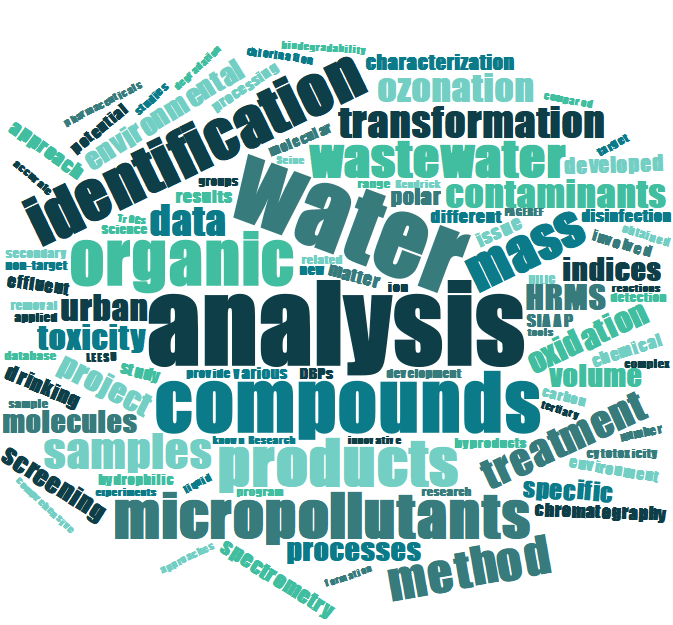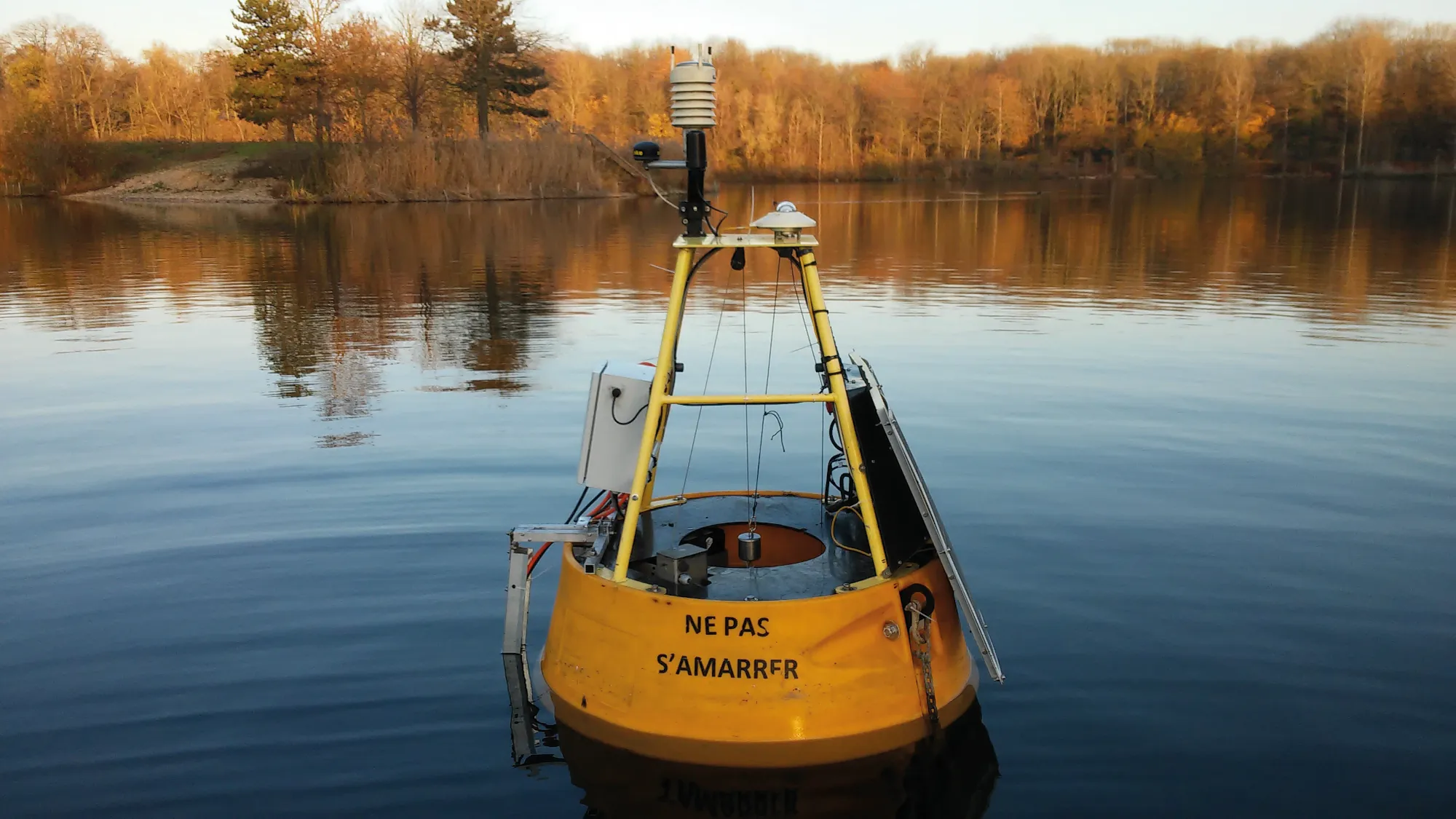Recent publications
935.
- titre
- Assessing water quality restoration measures in Lake Pampulha (Brazil) through remote sensing imagery
- auteur
- Alexandre Assunção, Talita Silva, Lino de Carvalho, Brigitte Vinçon-Leite
- article
- Environmental Science and Pollution Research, 2025, ⟨10.1007/s11356-025-35914-6⟩
- titre
- Do suspended particles matter for wastewater-based epidemiology?
- auteur
- Gauthier Bernier-Turpin, Régis Moilleron, Chloé Cenik, Fabrice Alliot, Sabrina Guérin-Rechdaoui, Thomas Thiebault
- article
- Water Research, In press, 280, pp.123543. ⟨10.1016/j.watres.2025.123543⟩
- titre
- Plastic debris dataset on the Seine riverbanks: up to 38 000 pre-production plastic pellets reported per square meter
- auteur
- Romain Tramoy, Laurent Colasse, Johnny Gasperi, Bruno Tassin
- article
- Data in Brief, 2025, pp.111735. ⟨10.1016/j.dib.2025.111735⟩
- titre
- La persistance des champs d’épandage d’eaux usées de l’agglomération parisienne au cours du second XXe siècle
- auteur
- Etienne Dufour
- article
- Métropolitiques, 2025, ⟨10.56698/metropolitiques.2174⟩
- titre
- Stock and vertical distribution of microplastics and tire and road wear particles into the soils of a high-traffic roadside biofiltration swale
- auteur
- Max Beaurepaire, Tiago de Oliveira, Johnny Gasperi, Romain Tramoy, Mohamed Saad, Bruno Tassin, Rachid Dris
- article
- Environmental Pollution, 2025, 373, pp.126092. ⟨10.1016/j.envpol.2025.126092⟩
WaterOmics presentation
published on , updated on
The WaterOmics research project (2017-2021) is funded by Agence Nationale de la Recherche (ANR) (JCJC program).
Its title is « Tracking organic micropollutants in urban waters by high resolution mass spectrometry: omics approaches and fingerprint indices »
Project leader: Julien Le Roux
In the research theme Functioning, resilience and adaptation of urban water management

Numerous emerging micropollutants (e.g., personal care products, antibiotics, endocrine disruptors) are found in urban waters but their transformation and behavior in wastewater treatment plants and in the urban environment are not well characterized. Current workflows for the non-targeted analysis of organic micropollutants by high resolution mass spectrometry (HRMS) are complex and time-consuming. The aim of this 4-year project is to develop a comprehensive approach for the characterization of organic micropollutants in urban waters by HRMS, by (1) providing an innovative protocol for the extraction and analysis of both polar and non-polar compounds from urban waters; (2) developing data treatment methods and global indices derived from HRMS fingerprints; and (3) applying chemometrics/omics methods for data analyses of urban water samples in conjunction with toxicity analyses, with a focus on the characterization of polar molecules.
The achievement of these objectives will provide advances in workflows for the detection of micropollutants using non-targeted analyses. It will allow the potential identification of new classes of chemicals, metabolites and degradation products, and the categorization of products based on several indices (e.g., molecular formula, hydrophilicity/polarity, type of degradation mechanism). Developing specific indices to characterize families of compounds will help getting faster results from HRMS measurements, without reducing the level of details obtained by HRMS analysis. The originality of the WaterOmics project lies in this global approach, by avoiding the time-consuming and complex steps of molecular structure identification.
This approach will be tested through the evaluation of performances of advanced wastewater treatment processes towards the elimination of organic micropollutants. Micropollutant transformation during various oxidation processes (ozonation, UV photolysis, chlorination, peracids) will be studied at the lab-scale and pilot-scale. The performance of major wastewater treatment plants of the Paris conurbation (including the largest European plant) will also be evaluated for the removal of micropollutants. Results will provide remediation strategies to limit the impact of micropollutants on the environment. An important sampling program in wastewater plants, discharges and urban rivers will be performed in collaboration with a major wastewater plant operator (SIAAP). The long-term impacts of urban water discharges in the environment will be followed, and multiple HRMS fingerprints from various urban waters (i.e., wastewater, runoff and fresh waters) will be acquired in a database. The validation of methods and indices and their robustness by investigating a broad range of water matrices will be essential. Relationships between classes of urban contaminants and the toxicity of samples will be established to get a comprehensive view of the exposome from urban water samples.

This project will provide innovative tools to characterize and monitor the behavior of organic compounds in water systems and their toxic impacts, which will benefit to the water community, from researchers to operational institutions and industrial structures involved in water management and treatment.
This project is associated to the Observatory of URban Pollutants (OPUR).









 Scientific production
Scientific production Technical resources and equipment
Technical resources and equipment Expertise and disciplines
Expertise and disciplines




